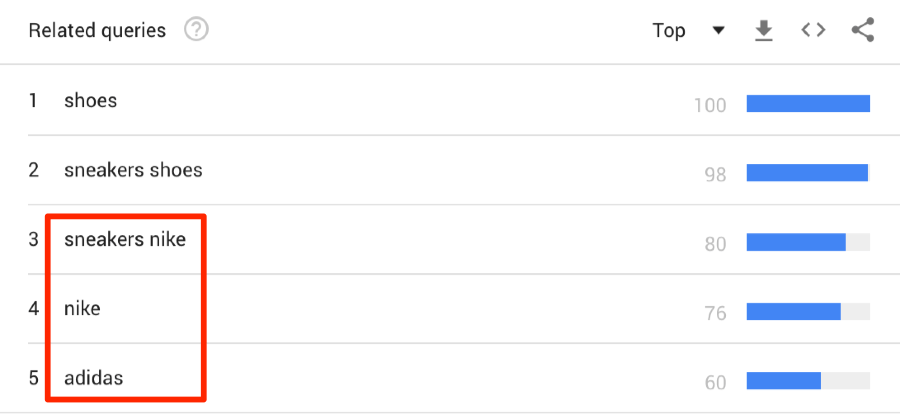
You can optimize your site for mobile devices by using the same SEO strategies you use for desktop computers. SEO is as simple as adding the most relevant keywords and titles to your meta description. You should also include a brief call-to action (CTA), in your meta descriptions to encourage clicks. Use emojis and relevant keywords in the content of your site to grab the attention of your users.
User-friendly content
You need to take additional steps when optimizing your website to be mobile friendly. The first is to make your website mobile-friendly. Your website should avoid crawl errors and focus on the user experience. Adobe Flash is not supported by many mobile devices so make sure you remove it from your website. Clear and simple navigation is important, so make sure you have large tap targets. It is important that your text is large enough for readers to understand and you use a clear font. Your content should also be optimized to mobile users as their search intent might differ from that of desktop users.
Page speed
Mobile users experience the site in a different way than those who use a desktop computer. A slow website will cause users to leave. Mobile speed optimization is crucial. Google PageSpeed Insights provides a way to see how fast your website loads across all devices. A mobile-friendly site will load quicker for mobile users and offer higher conversion rates.

Canonical tags
Canonical tags are notorious for making duplicate content worse. The canonical URL should be the destination of the redirect. It shouldn't contain duplicates or close to identical copy. Although some SEOs may mistakenly use canonical meta tags to pass link signals, it is not the best way. Learn how to use canonical tags properly in your mobile SEO strategies.
Relevant keywords
If you have a mobile website, then local keywords are a vital part of your SEO strategy. These keywords can help boost your website's local ranking and can easily be found using keyword research tools such as Keyword Intelligence. Select your location and choose the language to get a list with relevant keywords. Local search volume varies by location so ensure you target the keywords that are most relevant to your location.
Google SERPs Featured Snippets
Featured snippets are content that appears at the top of search engine results pages (SERPs). They aim to give users the most relevant information to answer their questions. These snippets typically contain relevant content from high-ranking web pages. This makes them perfect for reducing clicks. A featured snippet is a great way to jumpstart your website's SEO efforts.

FAQ
What is On-Page SEO?
On-page SEO is the process of improving your website's ranking in search engines. On-page search engine optimization covers things like site architecture, page titles (meta tags), image alt text, and page titles. Off-page SEO refers to activities outside your website that will improve its ranking. These activities include backlinks and social media shares.
Link Building: Can I Increase My Rankings?
Link building is the process of creating high-quality backlinks to your website. It is crucial to make sure the sites linking back to yours are relevant and useful to your business. The better the link, the more authoritative and unique it is.
Where Should My Website Be Located?
Your website must be at the top of search results. It should be at the top search results. There may be hundreds of pages for some search terms. How can your website compare to these competitors?
What is a PPC ad and how does it work?
Pay-per click ads are text-based adverts that appear at the top and bottom of pages.
These advertisements are very targeted. Advertisers only get paid if someone clicks on them.
PPC advertising looks very similar to pay per call advertising, which will be discussed more later.
How do I create an SEO Strategy?
An effective SEO strategy starts with understanding your goals and how to get there. This allows you organize your content around those goals.
The second step is to begin working with keywords. Doing keyword research can give you insights into what people are looking for by analyzing the terms they use. This information will allow you to write articles about these topics.
After you have written your articles, make sure to include your target keywords. You should optimize every article by including images and videos. If possible, you should also link to other related sites.
After you have completed all of the content on your site, it is time to optimize that content!
Statistics
- If two people in 10 clicks go to your site as a result, that is a 20% CTR. (semrush.com)
- 93%of online experiences today begin on search engines. (marketinginsidergroup.com)
- Sean isn't alone… Blogger James Pearson recently axed hundreds of blog posts from his site… and his organic traffic increased by 30%: (backlinko.com)
- : You might have read about the time that I used The Content Relaunch to boost my organic traffic by 260.7%: (backlinko.com)
- Deleting those 10k pages is one of the main reasons that he improved his site's organic traffic by nearly 90%: (backlinko.com)
External Links
How To
How to Create a Successful SEO campaign
Creative writing is not for everyone. You need to know how you can stand out.
You will find that many writers are very alike. Writers tend to use the same writing patterns. They fall back to cliches and repeat themselves.
You need to get out of your ruts and create new ideas. This requires thinking outside of the box.
You should also look for interesting ways to make writing more interesting. When writing for an audience, you must consider what makes them tick. What makes them happy? What makes these people laugh? What makes them laugh?
What excites you? What scares them?
When you sit down to create, think about these questions. Ask yourself why you think someone would care about your words. Why would anyone read your words?
Once you know this, you can begin crafting your story.
Your hook should be your first line. Your opening line should be a key part of your message. It is the first impression readers get. Choose wisely.
Next, decide whether or not your piece will be informative. Informational pieces explain facts. Persuasive articles convince readers to agree.
Next, decide whether you will tell stories or provide examples. Stories are very exciting. Exemples are an example of how something works.